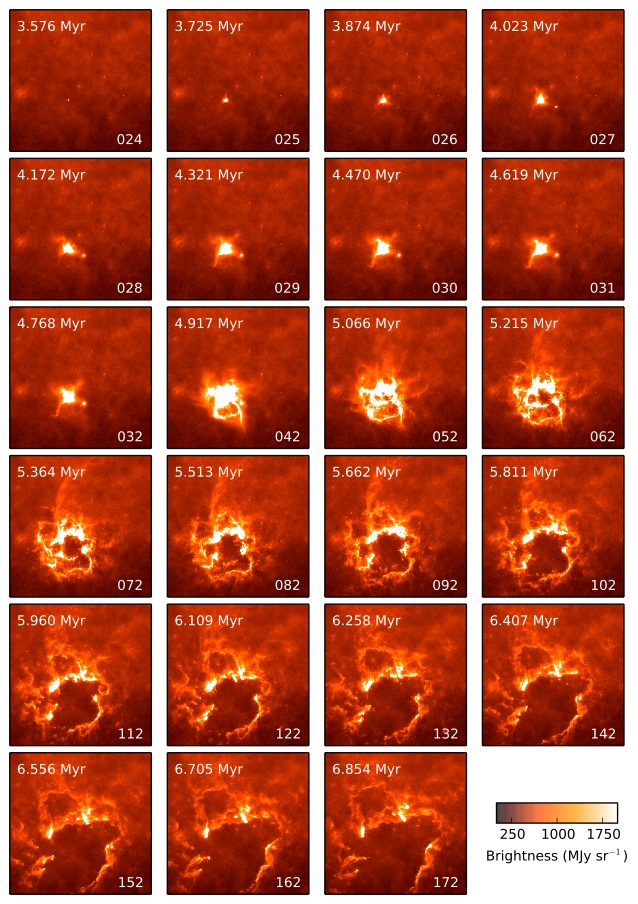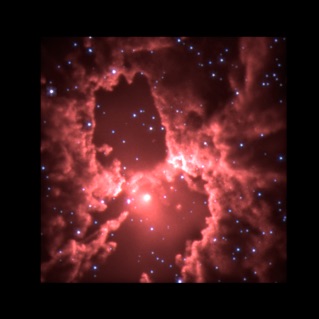FLUXCOMPENSATOR

The FluxCompensator is an open-source radiative transfer post-processing tool which enables us to compare hydrodynamical simulations directly with real observations. The tool has been developed by Christine M. Koepferl and Thomas P. Robitaille.
GETTING STARTED
Link: Documentation
Link: Code on github
CONTACT
If you are interested and want to learn more about the FluxCompensator please contact:
E-mail koepferl <AT> usm.lmu.de
Subject FluxCompensator
SHORT DESCRIPTION
When modeling astronomical objects throughout the universe, it is important to correctly treat the limitations of the data, for instance finite resolution and sensitivity. In order to study these effects, and to make radiative transfer models directly comparable to real observations, I have developed a Python package called the FluxCompensator that allows post-processing the output of 3-d Monte Carlo radiative transfer codes such as Hyperion. With the FluxCompensator, realistic synthetic observations can be generated by modeling the effects of convolution with arbitrary Point Spread Functions, spectral transmission curves, finite pixel resolution, noise and reddening. Pipelines can be constructed to compute synthetic observations that simulate observatories such as the Spitzer Space Telescope or the Herschel Space Observatory and read in information from the FITS files of real observations. The tool is publicly (Koepferl & Robitaille 2017). With this tool it is possible to compare, test and gauge observational techniques and their interpretation.
Mono-chromatic image:
Synthetic 70µm images of one of Jim Dale’s star-forming regions (over 23 different time-steps) added to a Hi-GAL image. Now this model is directly comparable to real observations.











Density of SPH simulation
MIPS 24µm synthetic observation
GLIMPSE Synthetic Observation
HERSCHEL synthetic observation